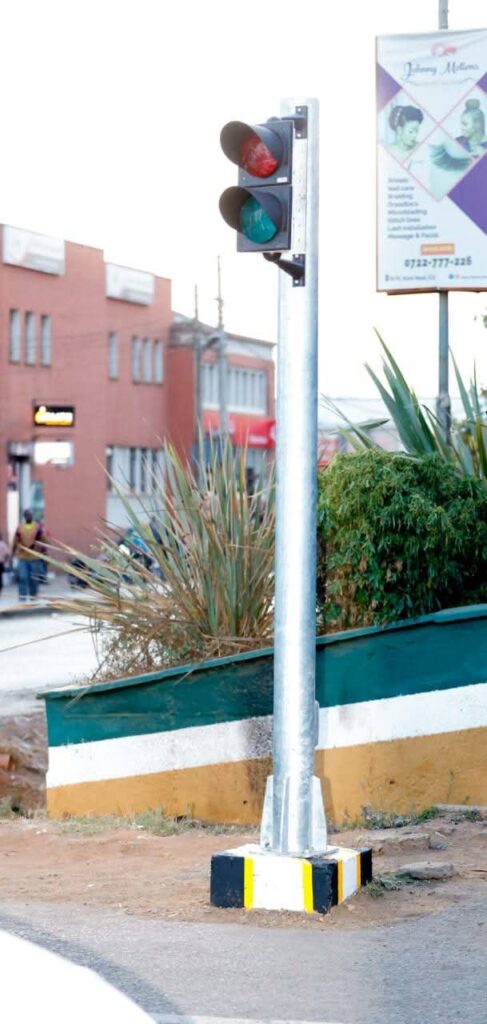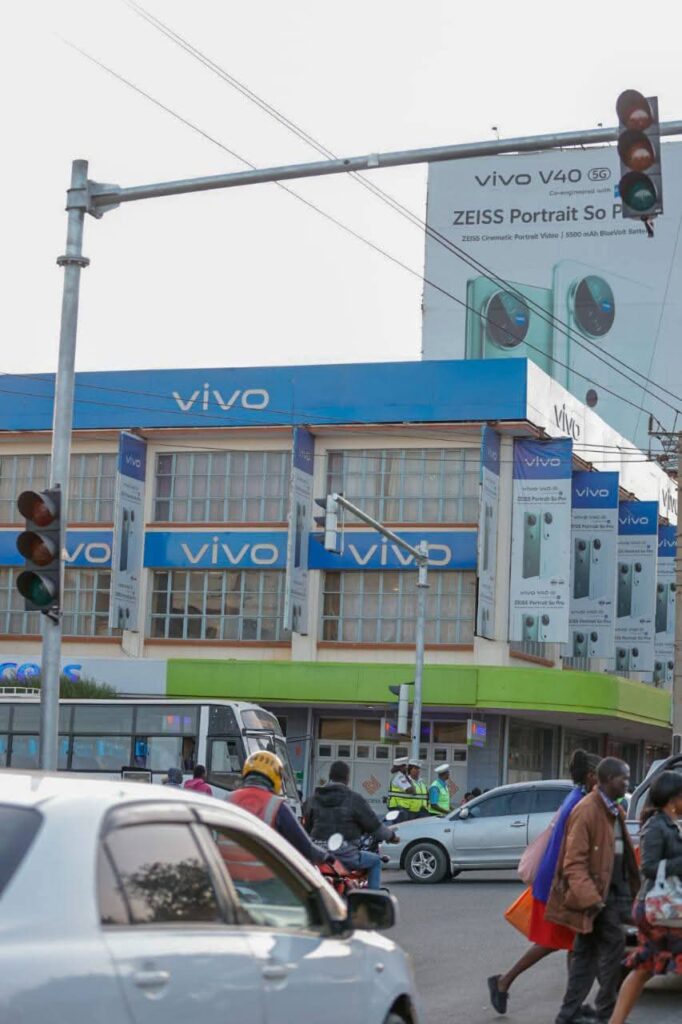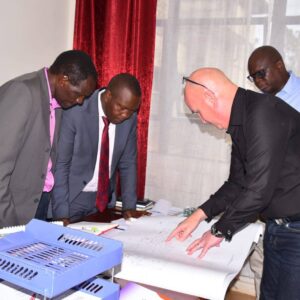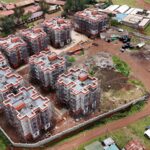Barely seven months ago, Uasin Gishu residents woke up to a new reality Eldoret had officially been elevated to city status by President Dr. William Ruto. With this milestone came significant changes, particularly in infrastructure, as the city embraces its new identity.
One of the most visible transformations is the installation of traffic lights an advancement that marks a new era for road users. Positioned along Kenya’s northern corridor, Eldoret serves as a vital link to neighboring countries. Naturally, city status will bring an increase in population and vehicle movement, making traffic management more crucial than ever.



While the introduction of traffic lights is a welcome development, it also presents a challenge: are Eldoret’s drivers and pedestrians ready for this shift? Many local motorists have never navigated traffic light-controlled junctions before. Will they quickly grasp the rules, or will confusion reign before they fully adapt? For seasoned drivers used to Eldoret’s previous traffic flow, will this transition cause initial inconvenience? Pedestrians, too, must familiarize themselves with the new system to ensure safety on the roads.
Beyond adaptation concerns, the benefits are undeniable. Properly functioning traffic lights will ease congestion, reduce accidents, and enhance security. A well-regulated traffic system creates a safer environment for both motorists and pedestrians, making Eldoret more appealing to investors and businesses.
However, change requires preparation. The local government must prioritize public awareness campaigns and driver education to ensure a smooth transition. Clear road signage, enforcement of traffic rules, and public sensitization will be key in helping residents embrace this development.
Eldoret’s city status is just the beginning. With continued improvements, Kenya’s youngest city has the potential to become a model for organized urban growth. Now, the responsibility lies with both the authorities and residents to make this transformation a success.














